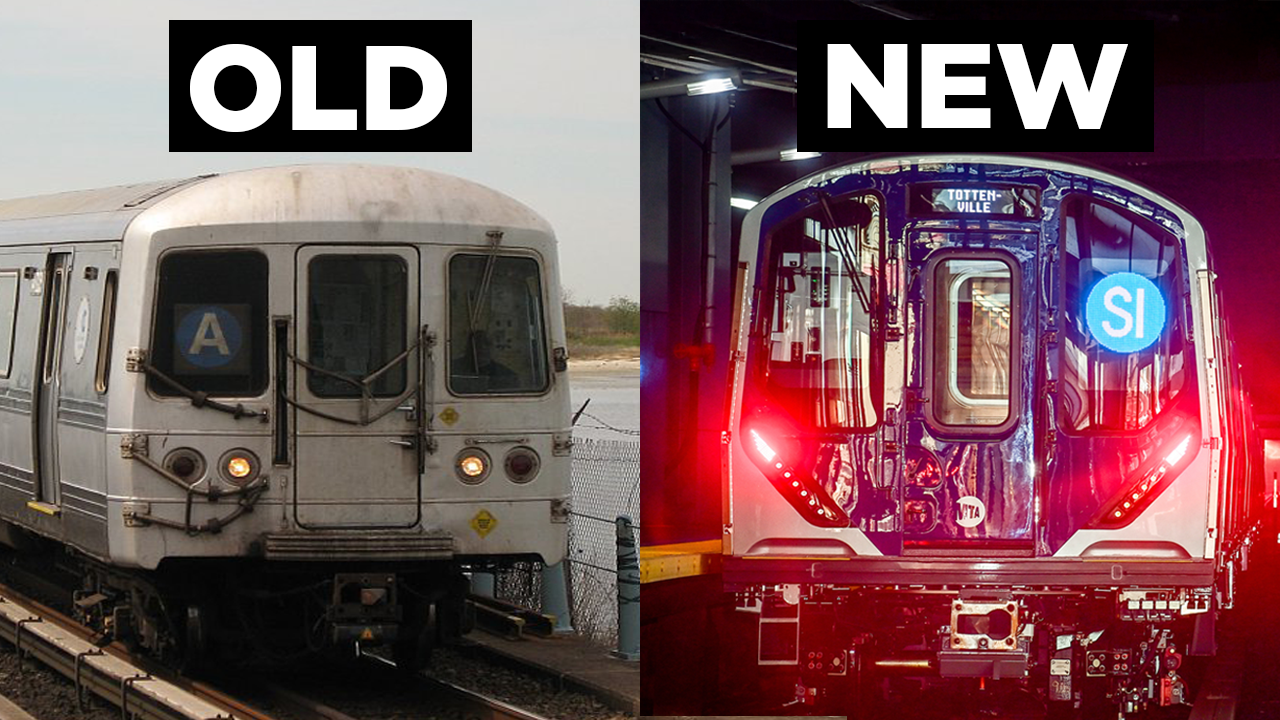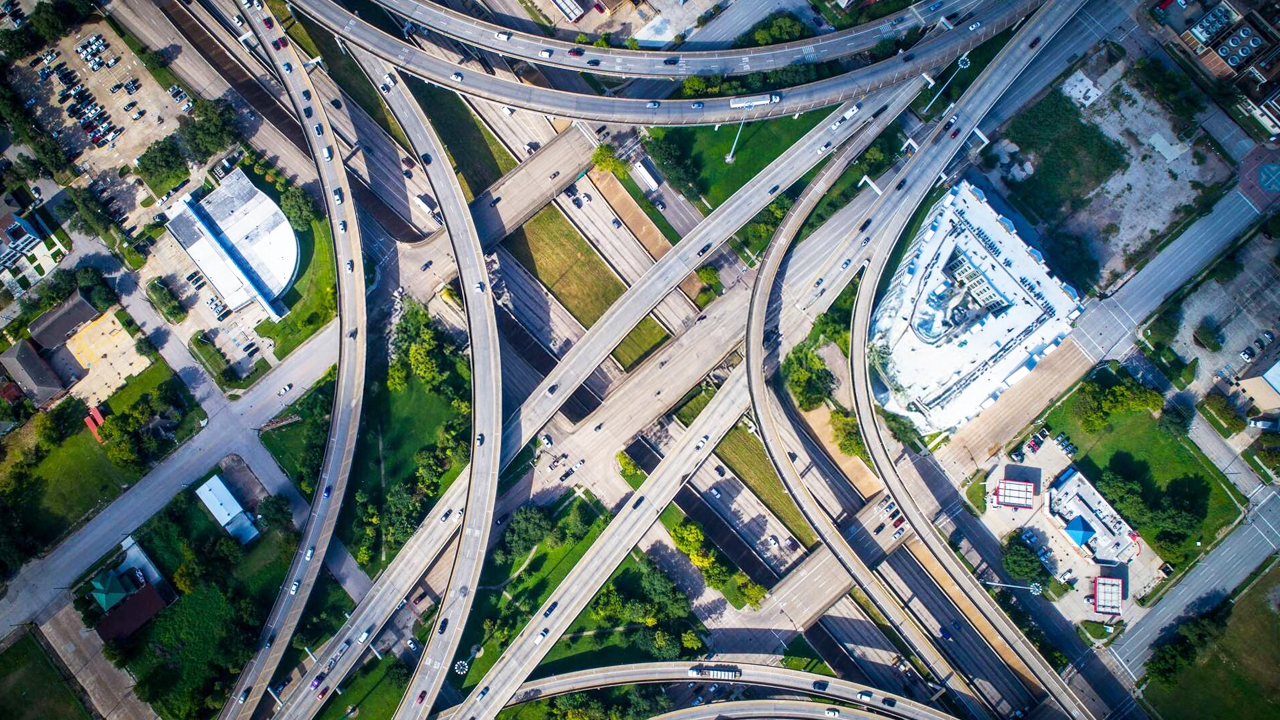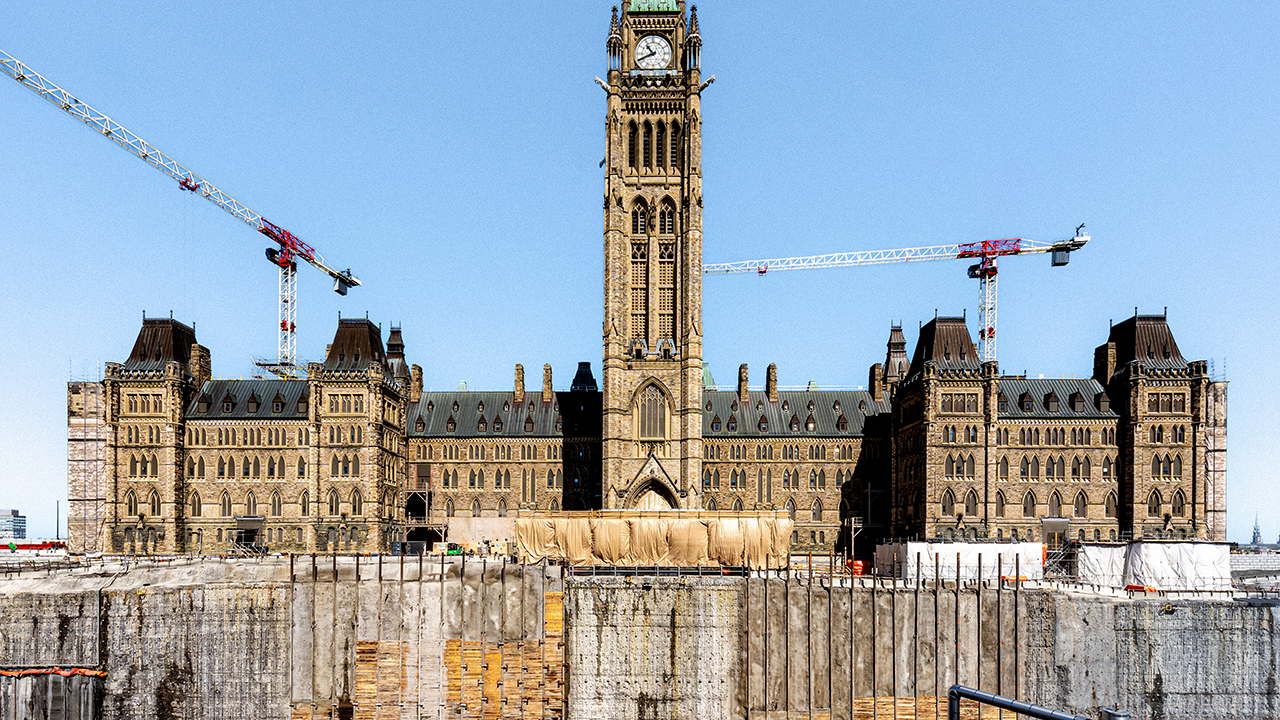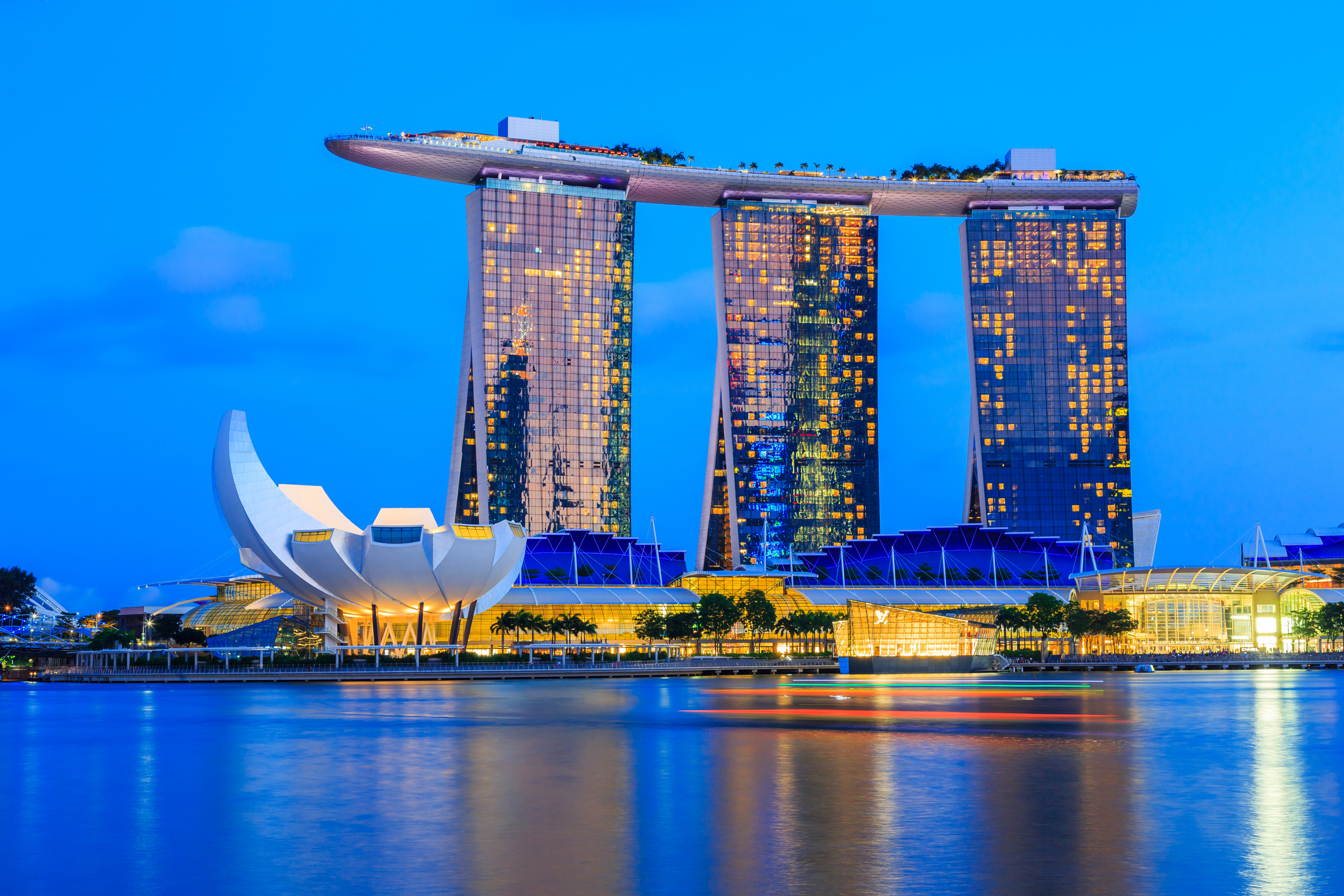The $140BN Race to Build America's First High-Speed Railway
- Youtube Views 2,748,672 VIDEO VIEWS
Video hosted by Fred Mills. This video contains paid promotion for Brilliant.
IT’S become a bit of a joke — the US still doesn’t have high-speed rail. A country that enjoyed some of the world’s best railways a century ago has not a single bullet train, and the only one under construction hasn’t exactly gone well.
But there’s a new company trying to bring high-speed rail to the US in just a few years time, and it might actually work. And if that wasn’t surprising enough, the whole project got its start in a place you might not expect — Orlando, Florida.
This is the story of America’s struggle to get high-speed rail up and running, and why this latest proposal might just be its best chance yet.

Above: A high-speed railway is already being built in California, but it hasn't gone smoothly. Image courtesy of California High-Speed Rail Authority.
If you were to plan a trip between two major cities in the US, most Americans would tell you there are only two real options.
Get in your car and drive, even if that would take hours, or if the distance is simply too great, hop on a plane. Convincing people here to travel by rail instead is not an easy thing to do.
In some ways, you can’t blame them. There’s no denying the US is far behind the leaders of today when it comes to railways. But let’s not forget, this wasn’t always the case.
America's railway heyday
Its first railroads were built almost 200 years ago, and for more than a century afterwards America had one of the most advanced — and well used — networks in the world.
Towards the middle of the 1900s, though, everything changed. Along came the jet age, allowing people to travel long distances across the country much quicker.
At the same time, Americans began their love affair with cars, and in the 1950s, the Interstate Highway System was born.
Once the ‘60s came around, car travel had increased almost four-fold since the mid-40s and there were nearly 15 times as many plane journeys.
“When the auto and the airplane took off, a lot of the engineers that worked on railways shifted over or retired and were replaced by engineers who were studying aerospace or doing roads and highways. So, the talent pool also diminished,” Eric Goldwyn, program director at NYU Marron Institute of Urban Management, said.

Above: Domestic flying skyrocketed during the 1950s and '60s. Image courtesy of Bill Larkins / CC BY-SA 2.0 DEED
And yet, even though rail travel was in decline, the US still had big ideas for it. In 1965, after Japan launched the Shinkansen system, President Johnson planned an immediate response.
In his State of the Union Address, he said he will “ask for funds to study high-speed rail transportation between urban centres. We will begin with test projects between Washington and Boston.”
For over a decade, high-speed tests were carried out along the so-called Northeast Corridor, achieving speeds of over 150mph. By 1969, there were services running at speeds of up to 120mph — not that much slower than the ones in Japan.
Times have changed
In the half-century that’s passed, however, the gap has widened. Others entered the race and have catapulted ahead.
Right now, Amtrak's Acela trains — running along that same Northeast Corridor — are the fastest in the US. They can go as fast as 150mph, but only for a short distance.
Compare that to high-speed lines in China, France and Spain — capable of around 200mph — and there really is no contest.
OK, but before we go any further — how fast does a train have to go before it can be considered high-speed? Although there’s no official definition, the International Union of Railways considers 155mph to be the minimum requirement.

Above: Amtrak's flagship Acela service isn't quite fast enough to be considered high-speed.
But the US is trying to catch up. In December 2023, the Federal Railroad Administration announced over $8BN in new funding for passenger rail projects, including high-speed rail.
One of these is California High-Speed Rail — underway between LA and San Francisco — which has had more than its fair share of troubles.
Eight years after construction began, less than half of it has been built, and none of it anywhere near the two main cities. As for the cost, we’re now looking at more than $100BN, and acquiring all the land has been a real slog.
“If someone knows you need their land and you've already sunk a bunch of money into your project and you've tendered a contract, it's not incumbent upon the property owner to quickly satisfy your problem when they can hold out and get more money, especially when something like eminent domain is still a hot button issue in the US,” Goldwyn explained.
Then you’ve got Texas Central — still going through early studies — and Cascadia, which has only just secured federal funding for the planning phase. Neither is happening any time soon.
A new hope
So, is it just a case now of waiting for the California scheme to finally drag itself over the finish line — whenever that may be? Not necessarily, because another plan has been put forward, and it’s been making rapid progress.

Above: Could this turn out to be America's first high-speed rail line? Image courtesy of Brightline West.
What’s so interesting about it? First of all, the company behind it has just completed another railway that many doubted would happen.
Called Brightline, it links Orlando and Miami with the fastest trains outside of the Northeast Corridor, capable of 125mph.
It might not be high-speed, but building any kind of new railway in the US has become very difficult. So, how was this done? Well, one key reason is it’s the first private-funded rail line in the country for over 100 years, costing $6BN.
Going private
Instead of relying entirely on public funding, Brightline got backing from Wall Street to make these shiny new trains run. That includes work on more than 50 bridges, such as the one over St. Lucie River, which is almost a century old.
Challenging construction techniques were also required to build some of the new underpasses. Like the box-jacking method, which was used to position 3,000-ton concrete sections under two roadways, with the help of hydraulic jacks.
And yet, most of the work involved upgrading what was already there. Much of it runs on tracks owned by the Florida East Coast Railway, which has the same parent company as Brightline.
For the completely new section between Cocoa and Orlando, Brightline made use of a state policy that allocates right-of-way next to highways for new rail lines.
“They decided that, when they were bought by a Wall Street firm, they wanted to do passenger rail. And they decided to use their right of way to do that,” Goldwyn said.
“If you're a private operator and you think, okay, there's sort of an underused freight rail line that I can buy and convert to passenger, good for you. That’s smart.”

Above: The box-jacking method was one of several complex procedures used to build the new Brightline in Florida. Image courtesy of Brightline.
OK, but what about that new high-speed rail plan? Well, the company has now set its sights on a far more ambitious project — right on the opposite side of the country.
Called Brightline West, it’s a new $12BN high-speed railway between Las Vegas and Southern California connecting all the way to Los Angeles.
According to Brightline, it’ll be America’s first true high-speed rail line, with top speeds of at least 186mph. That’s quite a bold claim when construction hasn’t even started yet. However, there are plans to start very soon and complete the line by mid-2028 — in time for the Olympics.
The route
The 218-mile — or 350-kilometre — line will run from a station right on the Las Vegas Strip to Rancho Cucamonga — just over 40 miles east of LA.
Passengers can then jump straight onto a Metrolink train and get to Union Station in around one hour. In total, a journey between the cities will take approximately three hours — down from about five hours by road.
Driving also means having to travel on I-15 — a highway notorious for congestion. And yet it does carve a nice straight line through the high desert of San Bernadino County.
Which is why 96% of the new train route will be aligned with I-15 — much of it running in between the two roadways.
Again, Brightline has been able to secure a critical right-of-way alongside existing infrastructure — this time signing a lease agreement with the California Department of Transportation.
“They're putting most of their right of way in the median of a highway that minimises some of the environmental impact. Obviously, the land acquisition issues become less hairy,” Goldwyn said. “So, I think there are lessons to learn from Brightline as I think you have to be creative.”

Above: Most of Brightline West would run through the middle of I-15. Image courtesy of Brightline West.
Another similarity with the Florida project is it won’t be relying on just public funds. Private bonds and capital will cover most of the cost, with only $3.75BN needed from the government, most of which — $3BN — has now been confirmed. Compare that to California High Speed Rail, which so far has relied entirely on government funding.
Brightline West has already received a $25M grant — awarded in June 2023 — to help with the design and construction, and has bipartisan support from officials in both states.
An uphill challenge
And yet, it’s not all going to be easy with Brightline West. Aside from the funding gap that still needs to be filled, there’s one part of the route that’s likely to be especially challenging — the Cajon Pass.
Situated between the San Bernardino and San Gabriel mountain ranges, the pass offers steep grades — even for freight trains. High-speed trains have to travel on ground that’s as flat as possible, so they’d need to slow down through this key section.
Even so, Brightline West is looking like it could be a safe bet to complete before its troubled neighbour.
“I think there's a high likelihood, based on the estimates on California High-Speed Rail, that Brightline West probably could get something built before California High-Speed Rails is connecting Los Angeles and San Francisco,” Goldwyn predicted.

Above: The Cajon Pass is not the easiest place to put a high-speed rail line.
America’s inability to build high-speed rail is a long-running saga, and many have simply accepted it will never happen. But having achieved something down in Florida that took many by surprise, Brightline is convinced it can do the same on the other side of the country — this time going a big step further.
Will it break down without leaving the station, or is this American dream finally becoming a reality?
This video contains paid promotion for Brilliant. Head to brilliant.org/TheB1M/ for a 30-day free trial and the first 200 people will receive 20% off their annual subscription.
Video narrated by Fred Mills. Additional footage and images courtesy of Brightline/Brightline West, California High-Speed Rail Authority, Amtrak, 8 News Now, Erik Wilhelm, Lionsgate, Scott Portier, Texas Central and The Roaming Railfan and Train Guru.
We welcome you sharing our content to inspire others, but please be nice and play by our rules.








